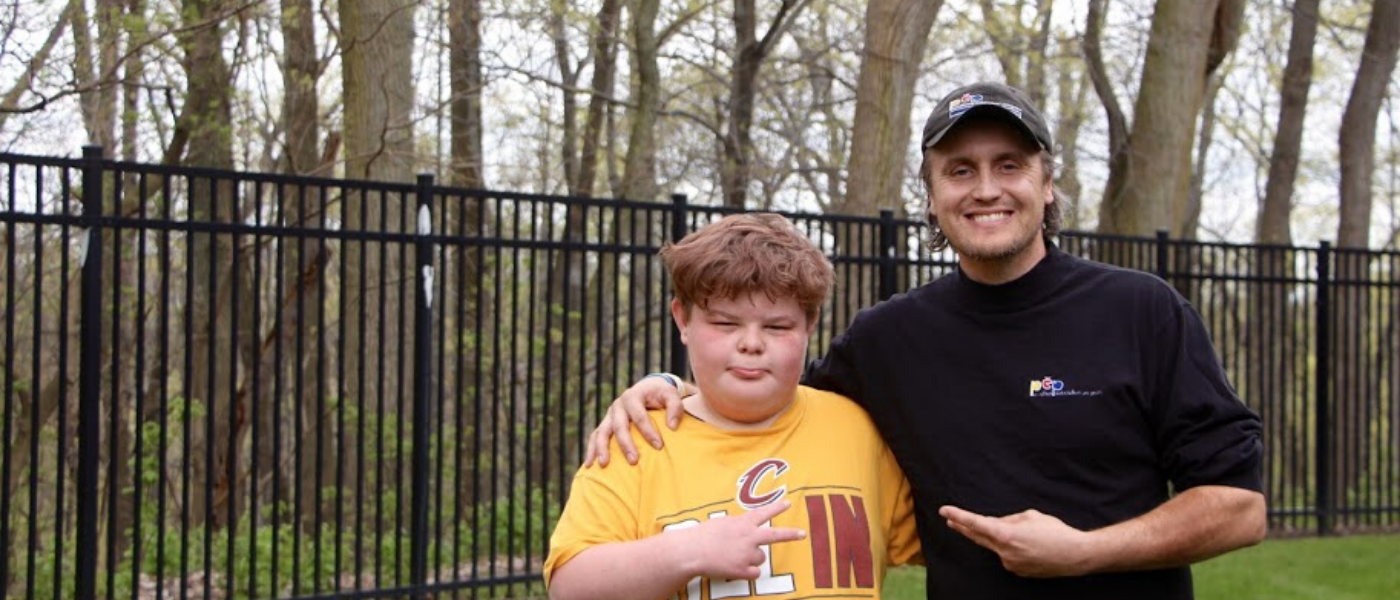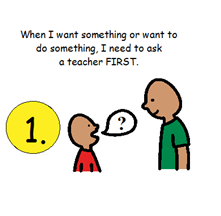Students who need to learn a new routine or new social skill can benefit from stories about themselves that describe how to use the needed skills appropriately. When these stories are developed within certain parameters, they are known as Social Stories. While initially developed for children with autism, Social Stories are a great tool for all students.
What are Social Stories?
Carol Gray, an expert on teaching children on the specturm, developed Social Stories in 1993. She defines them as “a social learning tool that supports the safe and meaningful exchange of information between parents, professionals, and people with autism of all ages.”
Here is an example of a Social Story on asking permission written by Kelly Reinartz, a speech-language pathologist at PEP. She used Boardmaker to create the pictures.
What Topics Can be Covered in Social Stories?
Social Stories can cover a wide range of topics, from day-to-day activities to coping with major life events. For example, they may cover topics from lining up to dealing with the loss of a loved one. Students’ needs drive the topic and content.
What are the Five Steps to Creating Social Stories
While there are a lot of guidelines to create a Social Story as defined by Carol Gray, below are five basic steps that can guide the process.
- Identify the target student or group.
- Pinpoint the topic.
- Gather information related to your topic, including:
Where: the place (e.g., on the playground, on the bus, in the classroom, in the hallways).
When: time information (e.g., during lunch, during music, in the morning).
Who: all relevant people including the target student(s).
What: important cues, prompts, directions.
How: basic activities, behaviors, actions, skills, processes, or statements.
Why: the reasons the story would be beneficial.
- Consult with your building speech-language pathologist to discuss your ideas for the Social Story. He or she can help you follow the guidelines for Social Story creation.
- Create a plan with the entire team working with the student/group to implement the Social Story.
For more information, visit Carol Gray’s website or contact Kelly Reinartz via email.

